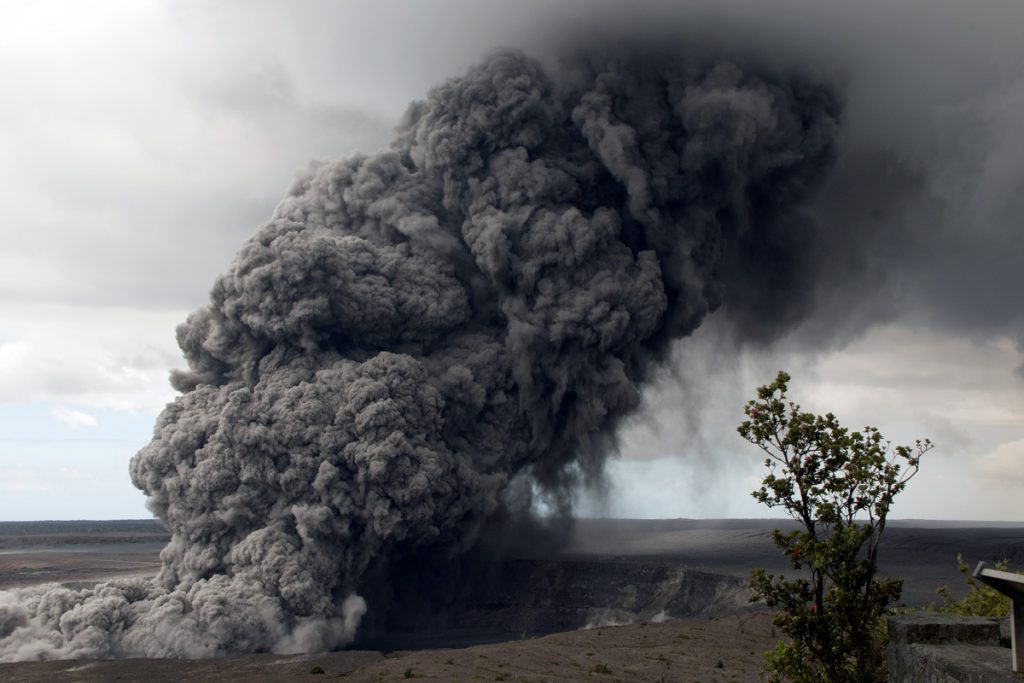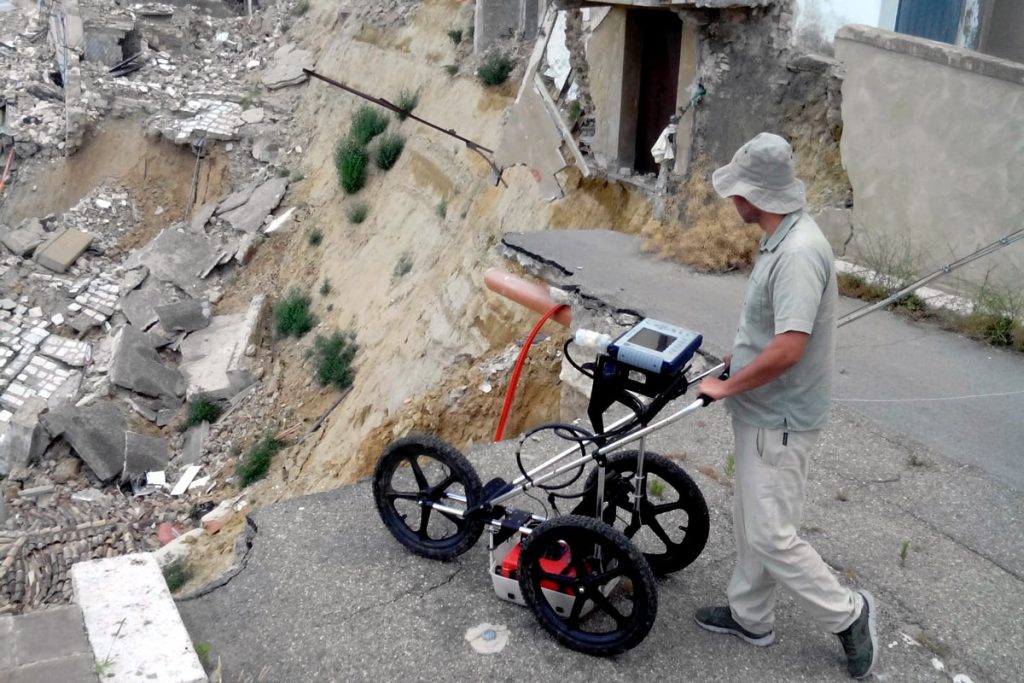The “Natural, anthropogenic, and environmental risks” research topic is dedicated to the study, characterization, and assessment of hazards arising from natural phenomena (such as volcanic eruptions, earthquakes, floods, landslides, droughts, and fires), anthropogenic activities (such as induced seismicity, unsustainable urbanization, exploitation of natural resources, and industrial accidents), and environmental factors (e.g., soil and groundwater pollution, anthropogenic and natural contamination phenomena). The objective is twofold: i) to enhance the understanding of these phenomena and the ability to predict their occurrences, and ii) to support mitigation strategies. The research is carried out by developing and integrating advanced multi-platform Earth Observation techniques and through the application of integrated methodologies ranging from seismic to electromagnetic, geochemical, and mineralogical investigations. Innovative approaches are also developed and applied to assess the risk-related impacts, both in rural and urban environments. This assessment extends to the analysis of the effects of climate change on terrestrial ecosystems, both in the short-term like extreme weather events and in the long-term such as desertification and land degradation. The adopted approach is multidisciplinary, promoting the development of integrated, multi-source, and multi-sensor techniques and methodologies for characterizing risk-prone areas, identifying sources and forcings (both natural and non-natural), and evaluating risk factors. In addition, technological and methodological innovation for multi-risk and risk cascading investigation at different spatial and temporal scales, are foreseen also through the application of Artificial Intelligence-based algorithms.


